How Countdown changed Molly Meldrum’s life: death threats, toilet tapes
When Countdown began screening on November 8, 1974 – 50 years ago today – its host could not have known how the weekly music program would change his life.
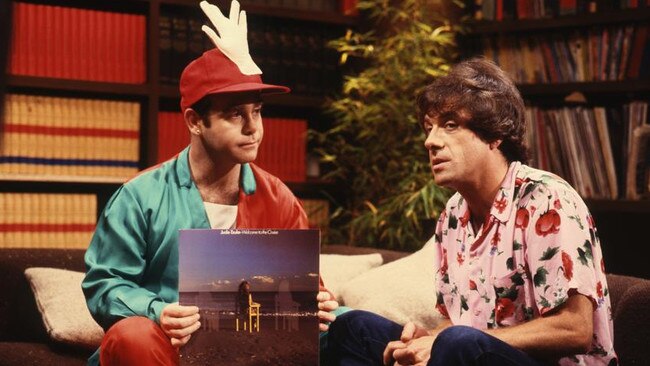
When Countdown began screening on November 8, 1974 – 50 years ago today – its host could not have known how the weekly music program would change his life.
Broadcast on ABC TV first in black and white – and in colour from March 1, 1975 – Ian ‘‘Molly’’ Meldrum became the face and voice of a booming Australian music culture that placed him at the centre as its distinctively effervescent spokesman.
Each Sunday night, the program counted down the 10 most popular songs in the country, alongside performances and interviews beamed directly into lounge rooms across the nation.
Record labels and artists alike quickly realised what an appearance on the show – ideally supported by Meldrum’s famous phrase, “do yourself a favour” – could do for record sales.
Pop music suddenly became very serious business for its host, including death threats: “You’re dead, Meldrum!” said one an anonymous caller after a demo tape was ignored. He had barely a moment to himself, even in the studio’s smallest room.
In Meldrum’s 2014 autobiography, co-written with journalist Jeff Jenkins, The Masters Apprentices frontman Jim Keays recalled a bathroom scene that vividly depicted just how in-demand the host had become.
“I was there during the Countdown days when Molly would be in the toilet having a shit and other people would be shoving cassettes under the door for him to listen to,” said Keays. “Other people would go screaming mad, but he’d handle it. He’d flush the toilet, come out with the tape and put it on.”
One desperate artist even handcuffed himself to Meldrum’s front fence at his home in inner Melbourne, stating that he wouldn’t leave until the host listened to his demo tape. When asked what he planned to do about this unusual promotional strategy, Meldrum replied with a shrug: “Nothing. He can get stuffed.”
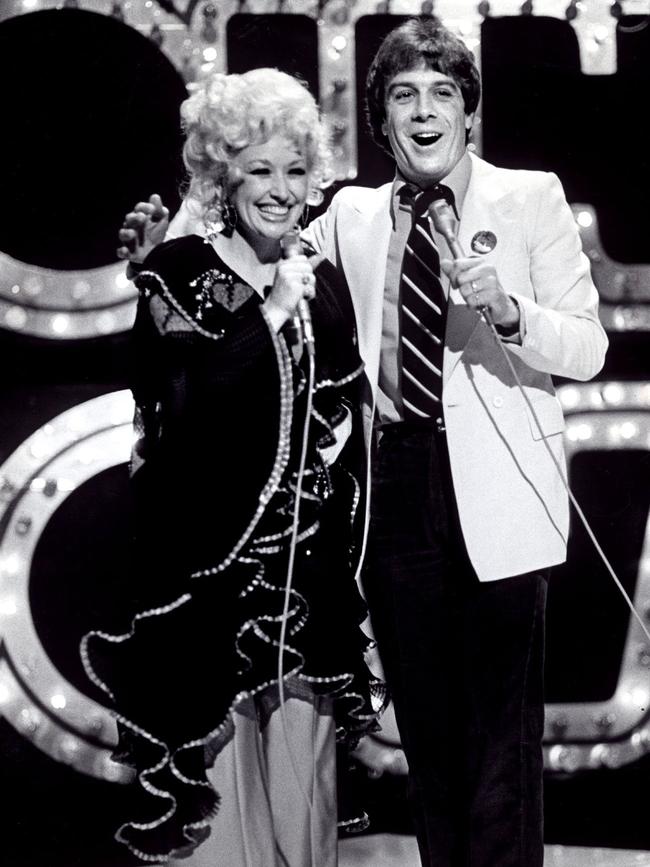
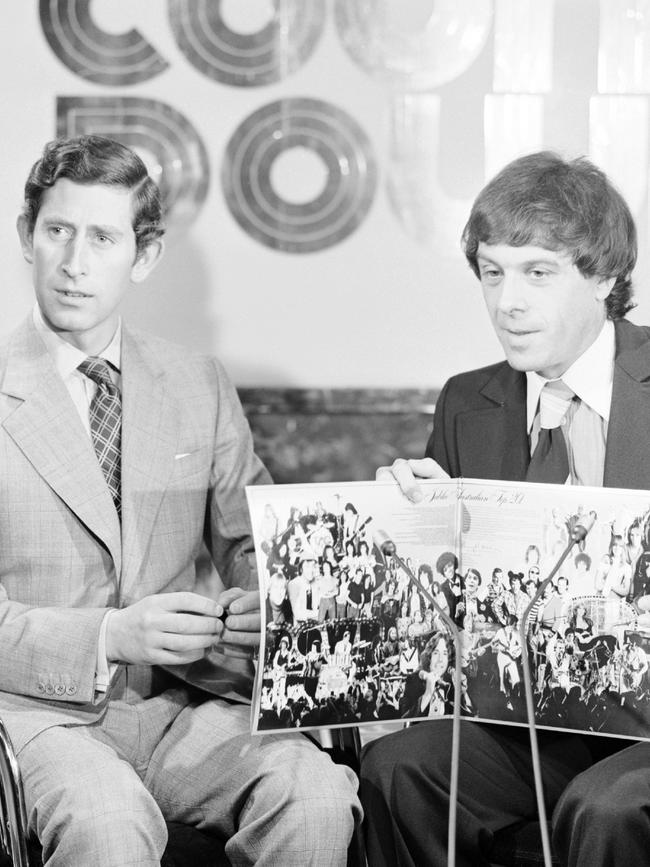
By the time of its 100th episode in April 1977, its popularity – estimated at three million viewers each week – was such that ABC management agreed to screen a two-hour celebration that was broadcast completely live.
His interviews with artists including Elton John, Madonna and Iggy Pop became the stuff of legend, and the program’s role at the centre of youth culture was so prominent that even Prince Charles made an appearance to launch a Silver Jubilee Australian top 20 LP in November 1977.
In that conversation, a flustered Meldrum told the man who would eventually be king, “I saw your mum in London!” – to which Charles coolly replied, “Are you referring to Her Majesty the Queen?”
With great power came great responsibility, and Meldrum – a journalist, music critic and producer – took it seriously, if reluctantly.
“I hated the thought of power,” he wrote in his 2014 autobiography. “Some people might get off on it. I don’t. The pressure the record companies put me under was horrendous. That’s why I encouraged them to come to my house, so they could mix with each other and realise how competitive the business was. Songs went on Countdown because they were worthy.”
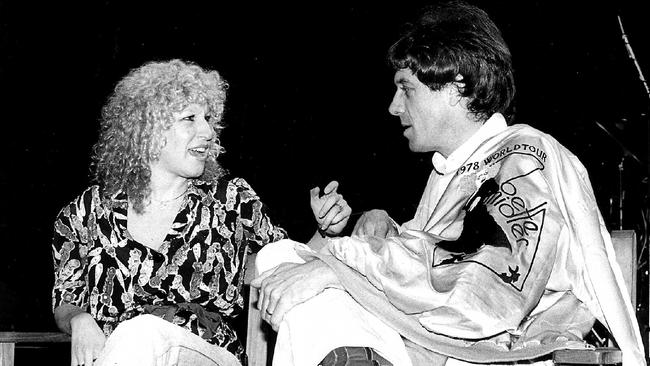
After 563 episodes, the show was eventually axed by ABC management in 1987 amid waning ratings and a shifting culture.
“Ironically, video helped kill Countdown,” noted Meldrum in 2014. “Without huge budgets, the show could not compete with the mega video productions of the 80s. Bands would spend thousands of dollars on a video, and then tell me: ‘Why should we appear live? Just play the video’.”
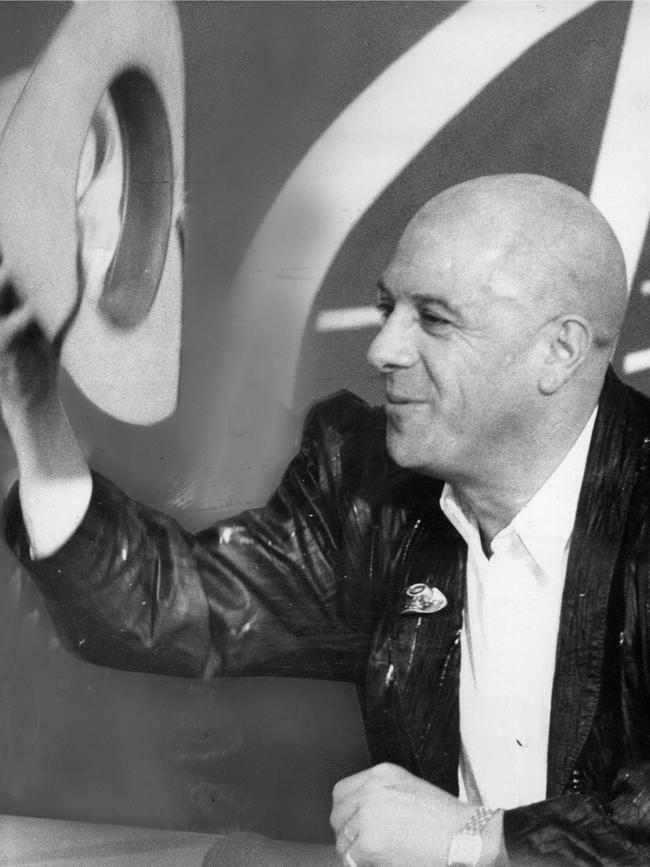
In a finale held at the Sydney Entertainment Centre on July 19, 1987, Meldrum’s final words as host were these: “Goodnight, Australia, and thank you for 13 years, you’ve been bloody wonderful.”
To mark the anniversary, ABC TV will on November 16 screen a special titled Countdown 50 Years On.
Co-hosted by Myf Warhurst and Tony Armstrong, it will feature performances from Countdown stars including Daryl Braithwaite and Kate Ceberano, as well as tasking artists such as Kate Miller-Heidke and Regurgitator with reimagining classic Countdown hits.





To join the conversation, please log in. Don't have an account? Register
Join the conversation, you are commenting as Logout